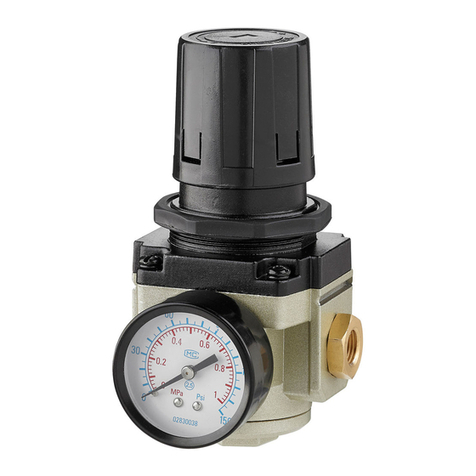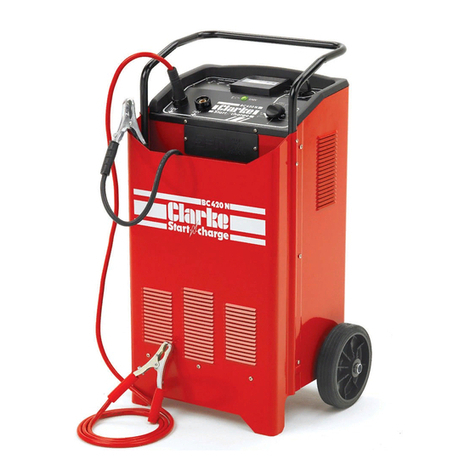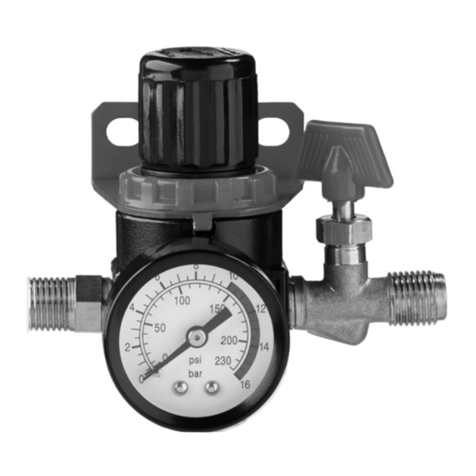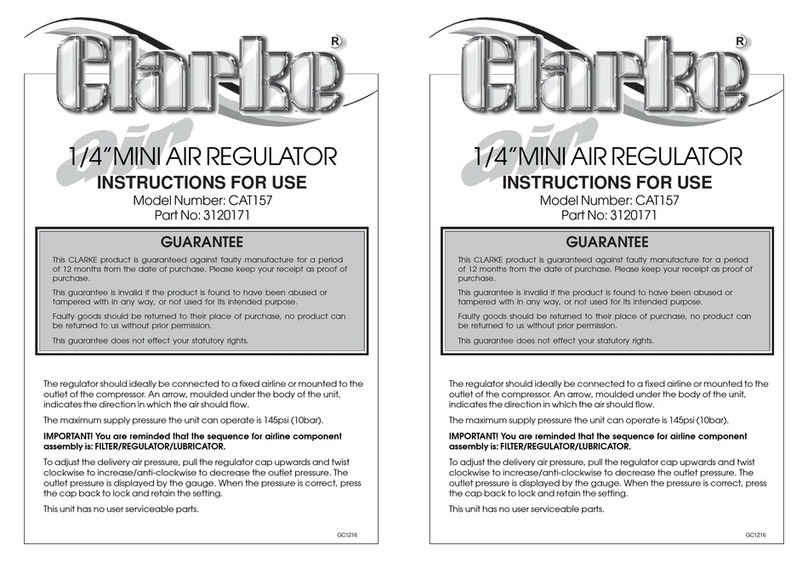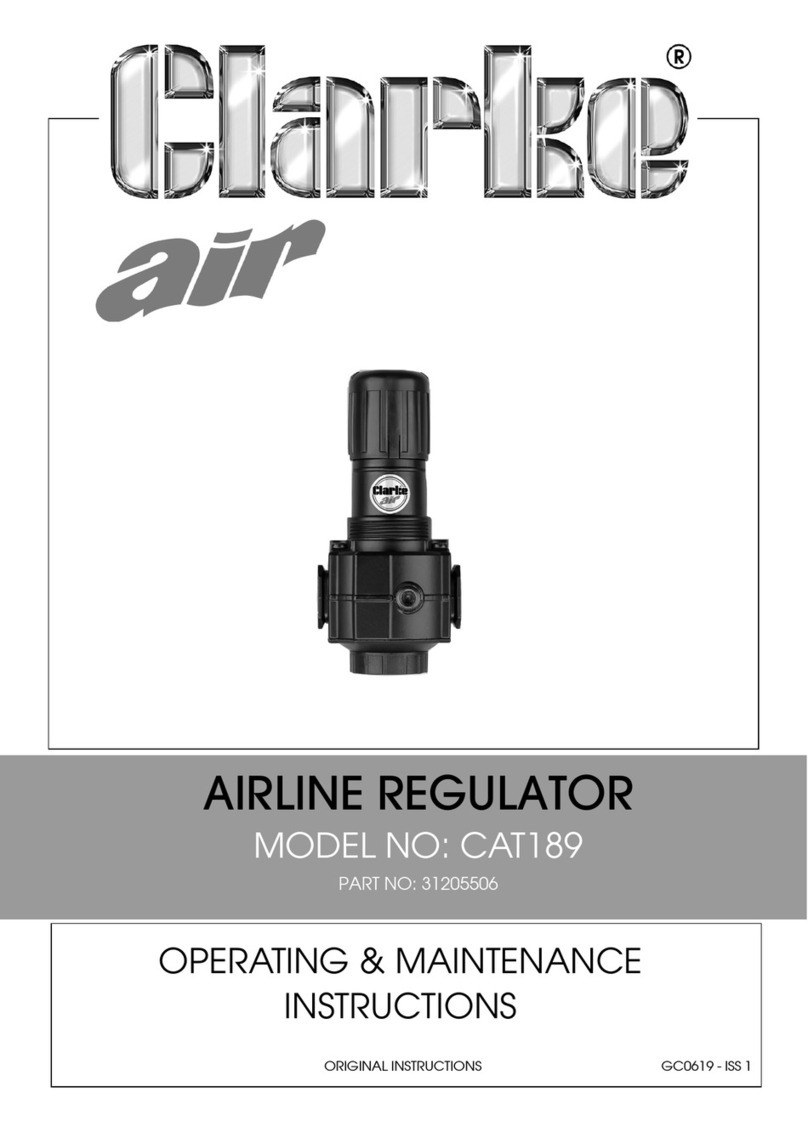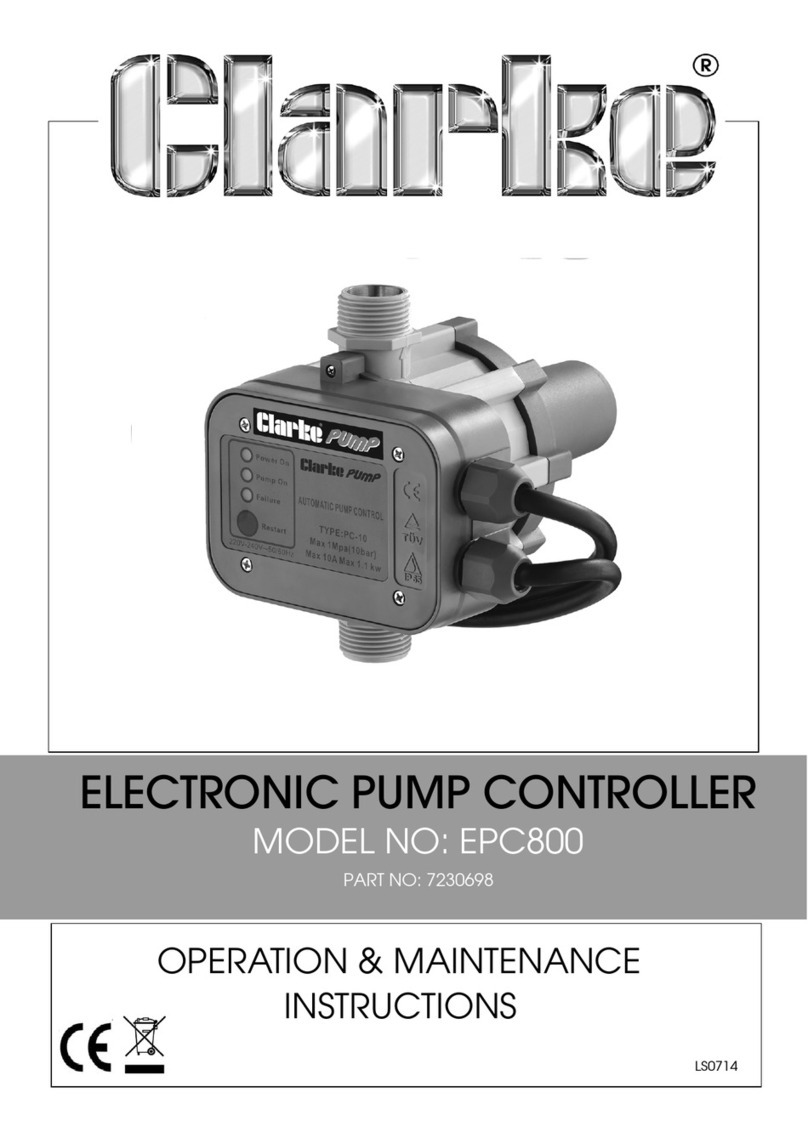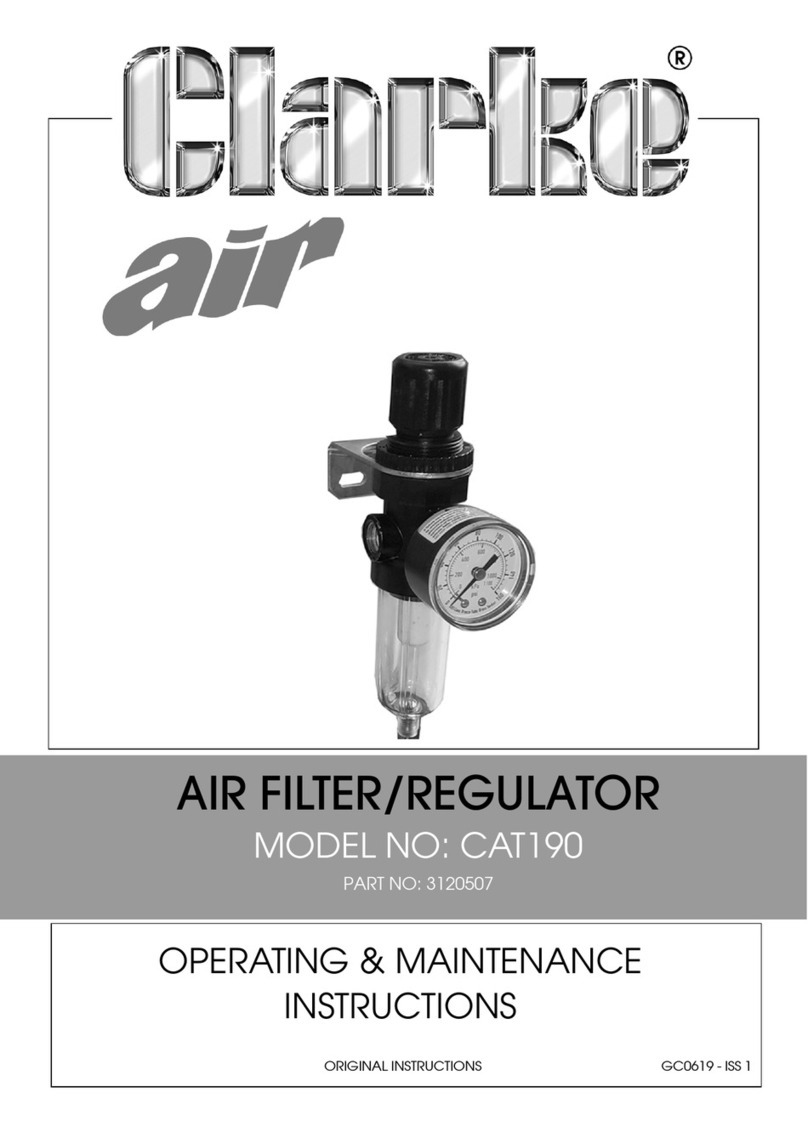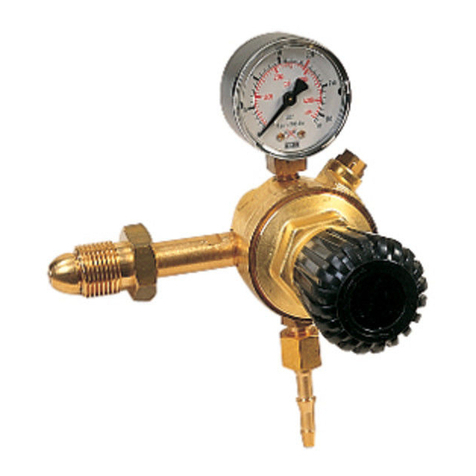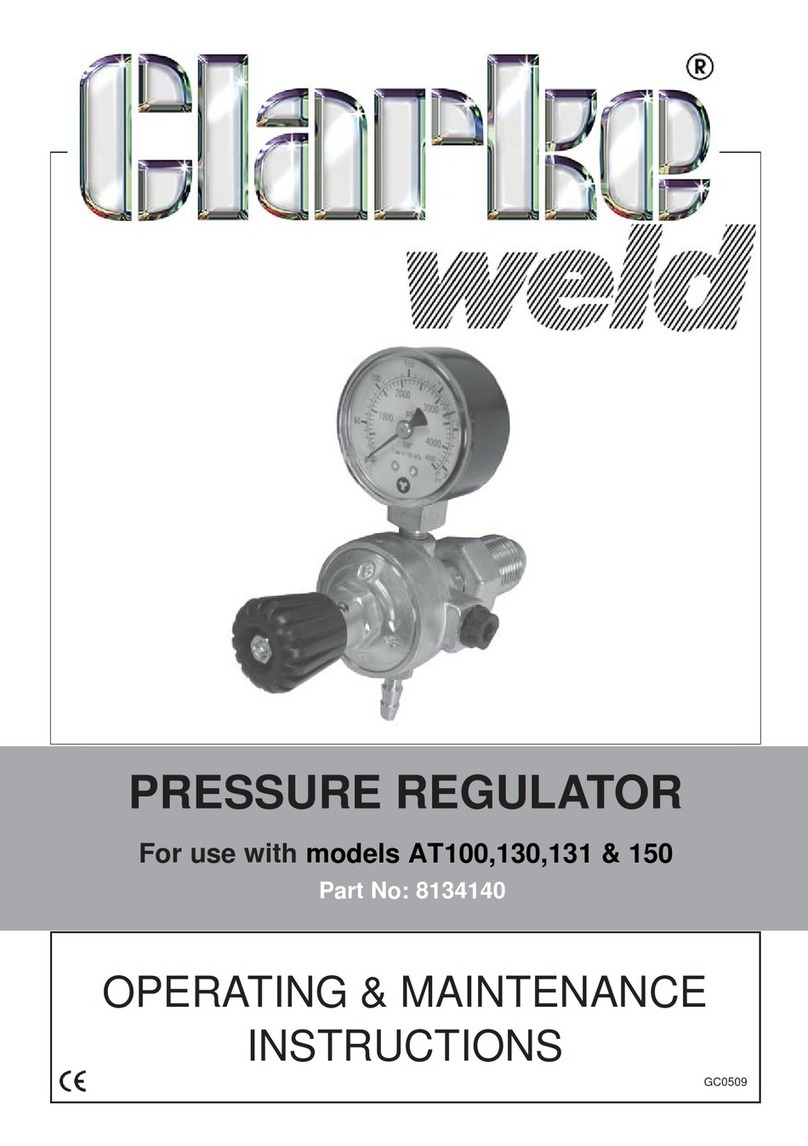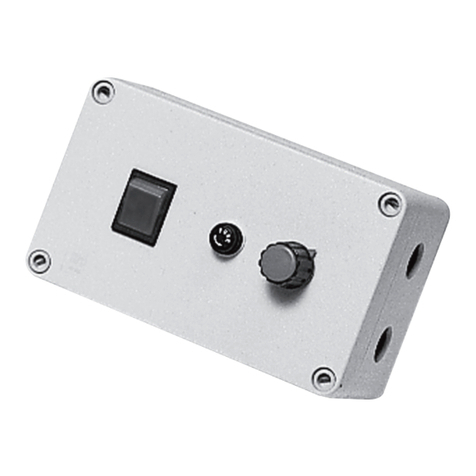
6
Parts & Service: 020 8988 7400 / E-mail: Parts@clarkeinternational.com or Service@clarkeinternational.com
PROCEDURE FOR NORMAL CHARGING
NOTE: Before charging or boosting, ensure that, where applicable, the cells
are filled with electrolyte to the correct level, by adding distilled water.
1. When charging a car battery in situ, we recommend that the non earthed
lead on the battery is disconnected prior to charging. (On most vehicles,
this would be the RED, positive lead - but check the vehicle handbook if
you are unsure).
• This precaution is necessary as it is possible that damage could occur to
any electronically controlled system fitted to the vehicle, such as engine
management system, anti-theft alarm, alternator etc.
2. Check the mains supply is OFF and the amperage control knob (B) is in the
OFF position.
3. Connect the red positive lead (J) to either the (+ve) 24V terminal (F), or the
(+ve) 12V terminal (G) as appropriate, by inserting the jack plug and
twisting clockwise to a locked position.
4. On most modern cars this is the RED, positive clamp connected to the RED,
positive terminal of the battery, but check your handbook if unsure. Then
connect the other clamp to the chassis (or a suitable engine bolt) away
from the battery and fuel line.
5. Remove the battery filler caps if applicable during charging, in order to
prevent the any build up of dangerous gases within the battery.
6. Switch ON the mains supply.
7. Turn the amperage control knob (B) clockwise to the position necessary to
obtain the desired charging rate as indicated on the ammeter (A) (see
notes below).
8. Keep the battery on charge until the ammeter reads zero (or 0-2 amps) or
has stopped moving down, then switch the amperage control knob (B) to
the off position.
9. When disconnecting the charger, disconnect:-1) Supply, 2) Chassis
Conductor and 3) Battery Conductor, in that order.
WARNING: NEVERATTEMPT TO RE-CHARGE NON-RECHARGEABLE
BATTERIES.
CAUTION: SOME ELECTRONIC EQUIPMENT CAN BE DAMAGED BY
CHARGING OR USE OF START FACILITY. CHECK YOUR VEHICLE
HANDBOOK BEFORE USING YOUR STARTER/CHARGER. IF IN DOUBT
CONSULT THE VEHICLE MANUFACTURER.
